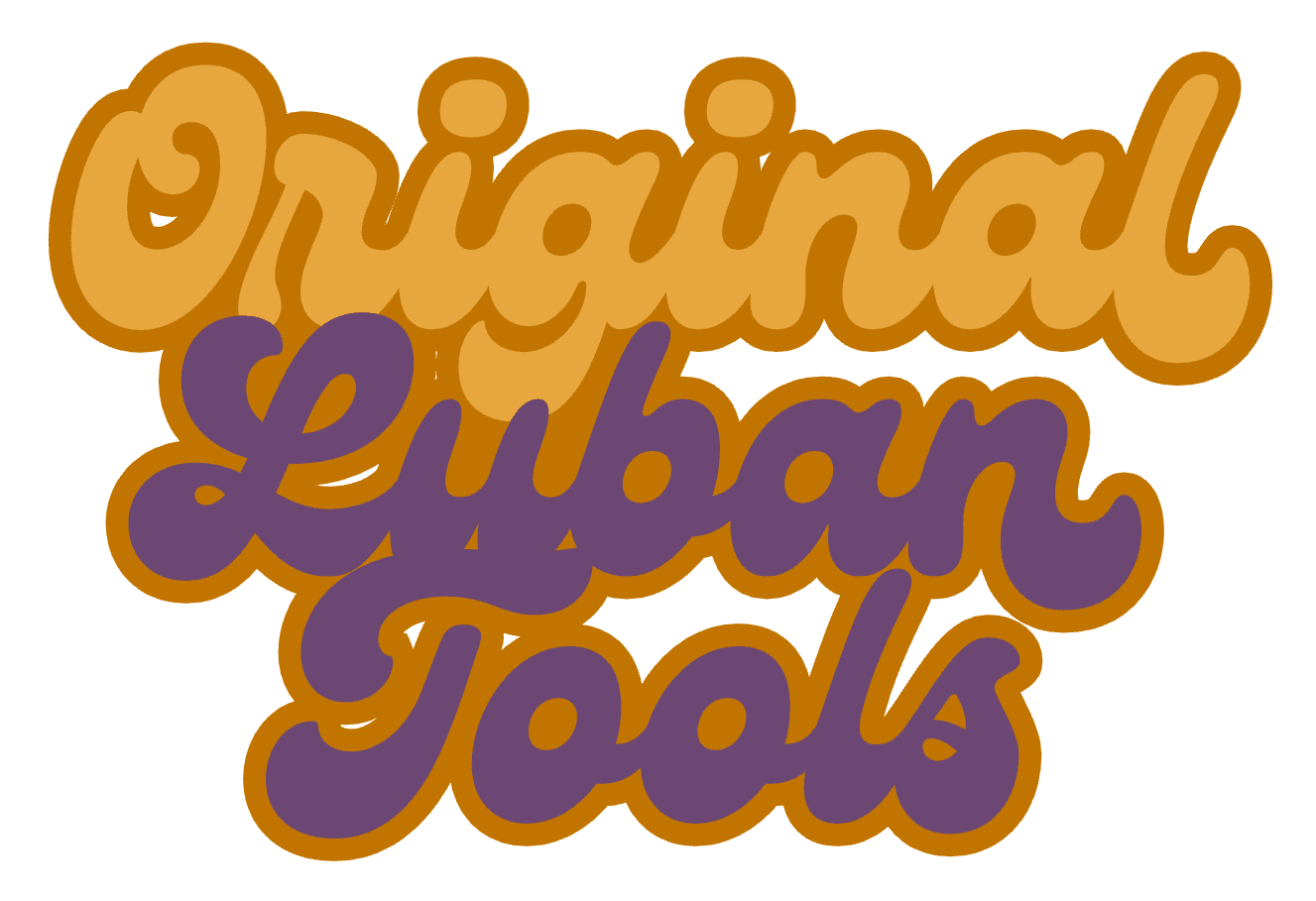🧰 10. Projects to Practice

“The best way to learn a tool is to use it with purpose.”
Barnaby the Owl
After months of restoring and tuning his planes, Jonas was eager to put them to work. He didn’t start with heirlooms or ornate carvings. He started small — just wood, iron, and curiosity.
This section offers five thoughtfully chosen projects that build both handplane skills and woodworking confidence. Each project includes what you’ll learn, what tools you’ll use, and what challenges you’ll overcome.
📏 1. Flattening Rough Lumber by Hand
Skills Built: Surface prep, reading grain, cambered iron control
Tools Needed: Jack plane, jointer plane, straightedge, winding sticks
Story: Jonas picked up a cupped piece of cherry from the offcuts bin. With winding sticks and a No. 5 jack, he slowly planed down the high spots. He checked with a straightedge after every few passes. It took time, but when he finally felt the flat, smooth surface under his hand — he grinned.
Practice Tip: Try a cambered iron on your jack plane to hog off material fast, then refine with your jointer.
🪵 2. Edge Jointing Two Boards
Skills Built: Lateral blade adjustment, jointing accuracy, edge test techniques
Tools Needed: No. 7 or 8 jointer plane, marking gauge, try square
Challenge: Can you edge-joint two boards so they form a perfect glue-up — without clamps?
Pro Tip: Joint boards together in bookmatched fashion (faces out) so any slight bevel cancels out.
🔨 3. Building a Shooting Board & Planing End Grain
Skills Built: Jigs and fixtures, planing end grain square
Tools Needed: Block plane or low-angle jack, square, shooting board
Jonas’s first shooting board transformed his joinery. Suddenly, every tenon shoulder was crisp. The ends of boards stopped splintering. More than any jig, this one made him feel like a cabinetmaker.
Build It: Use plywood and a hardwood fence. Start shooting small workpieces, then test your squareness.
🪚 4. Creating Chamfers and Bevels by Hand
Skills Built: Light shaving control, consistent angles, aesthetic finesse
Tools Needed: Block plane or smoothing plane, pencil gauge, sanding block
How To: Mark a bevel line on adjacent faces. Use light passes with a sharp block plane. Let the bevel guide itself — feel, don’t force.
Why It Matters: Small chamfers protect edges and add visual polish to your work. Learning to cut them by hand teaches finesse and balance.
🎯 5. Shaping a Curved Profile
Skills Built: Curved planing, grain direction reading, tool versatility
Tools Needed: Spokeshave, compass plane or travisher
Project Idea: Carve the handle for a mallet, a bow-shaped apron, or even a paddle.
“The moment your spokeshave starts whispering instead of chattering,” Jonas said, “you know you’re doing it right.”
🔁 Practice Builds Mastery
Each of these projects is more than a task — it’s a challenge and an invitation. By repeating them with different woods and planes, you’ll:
- Build muscle memory
- Learn to hear and feel the cut
- Gain respect for grain direction and blade sharpness

